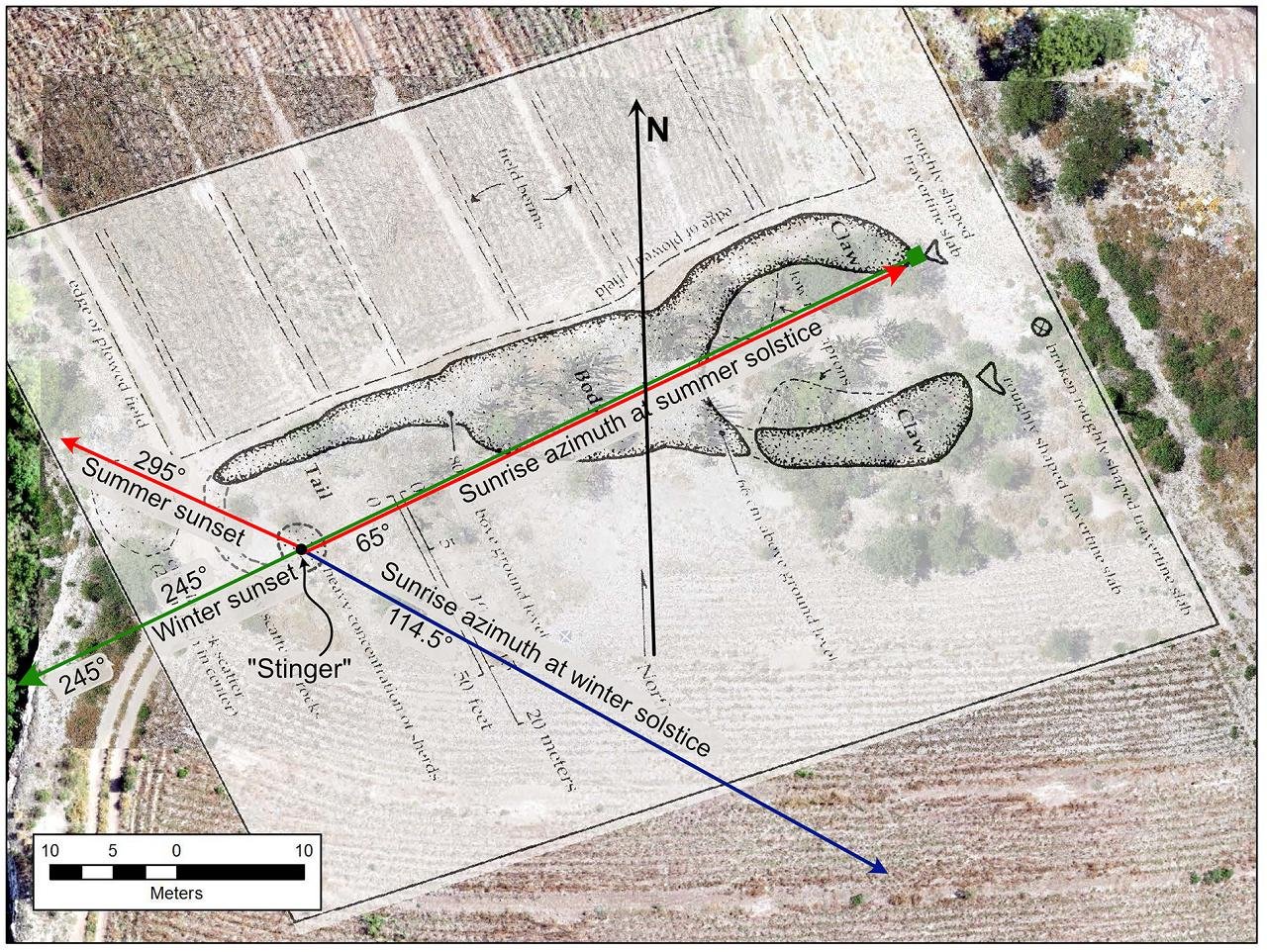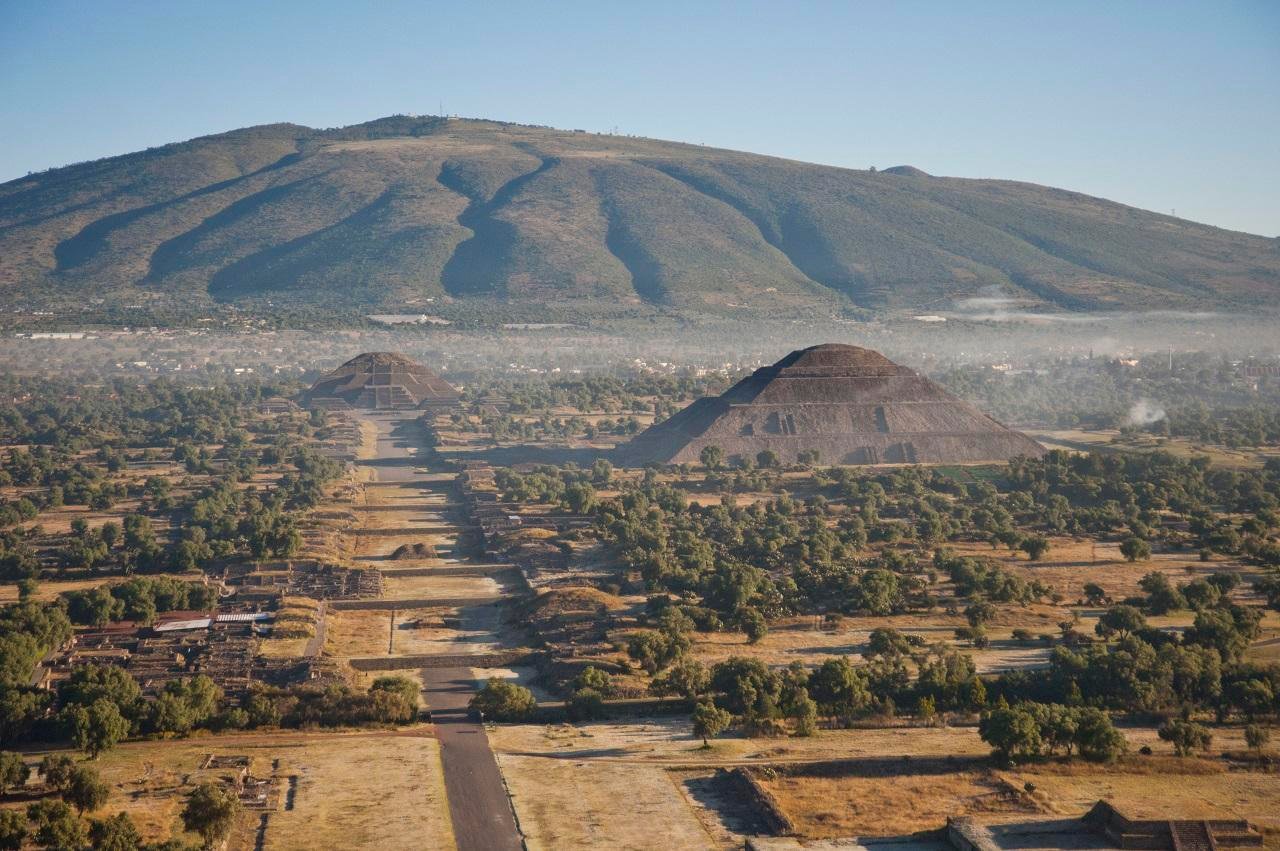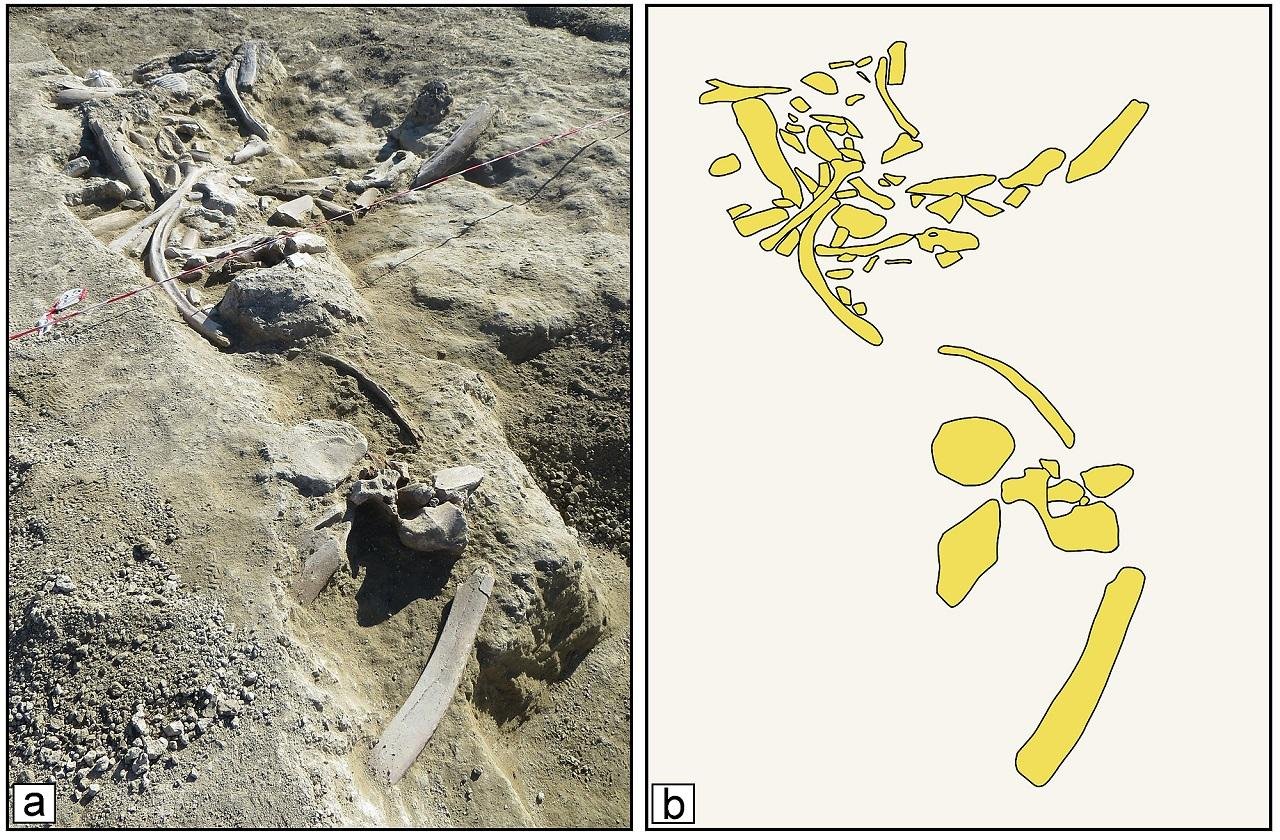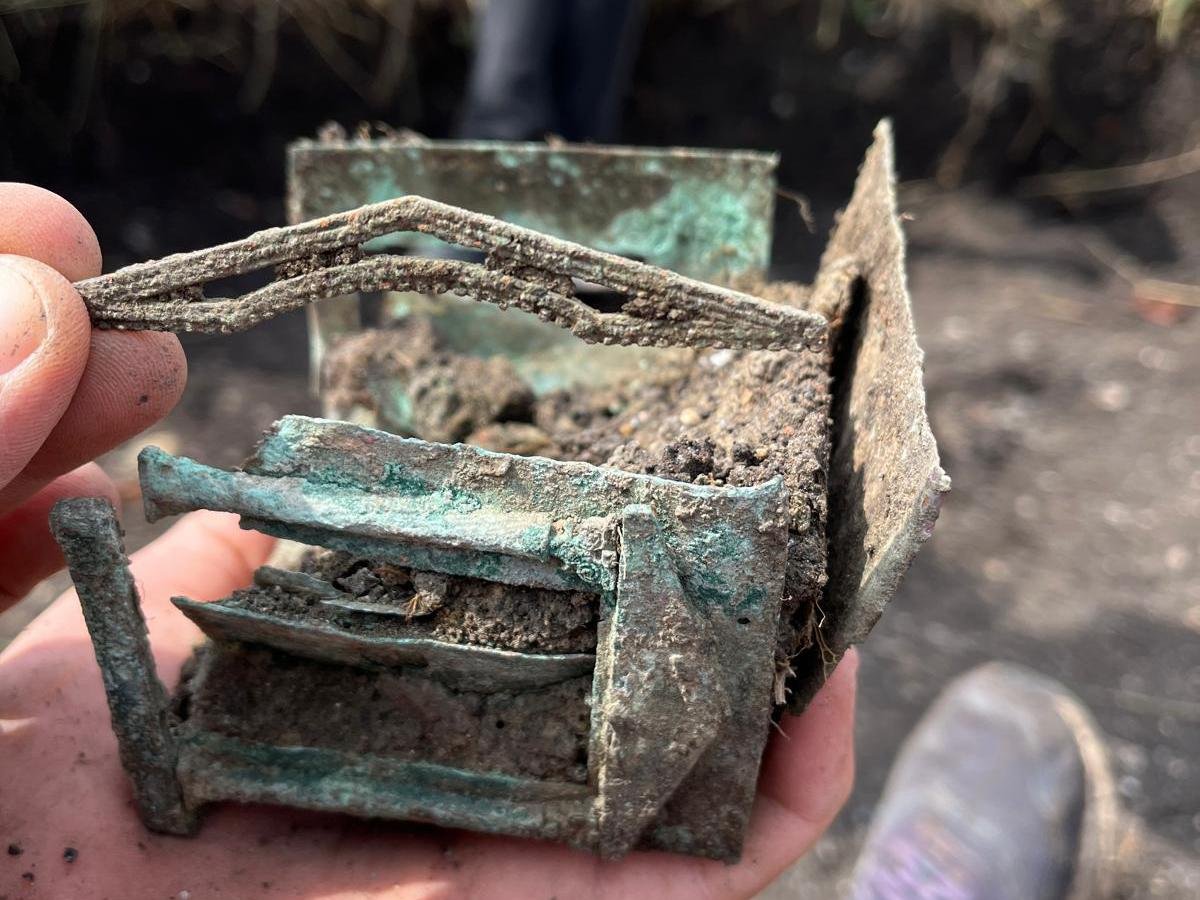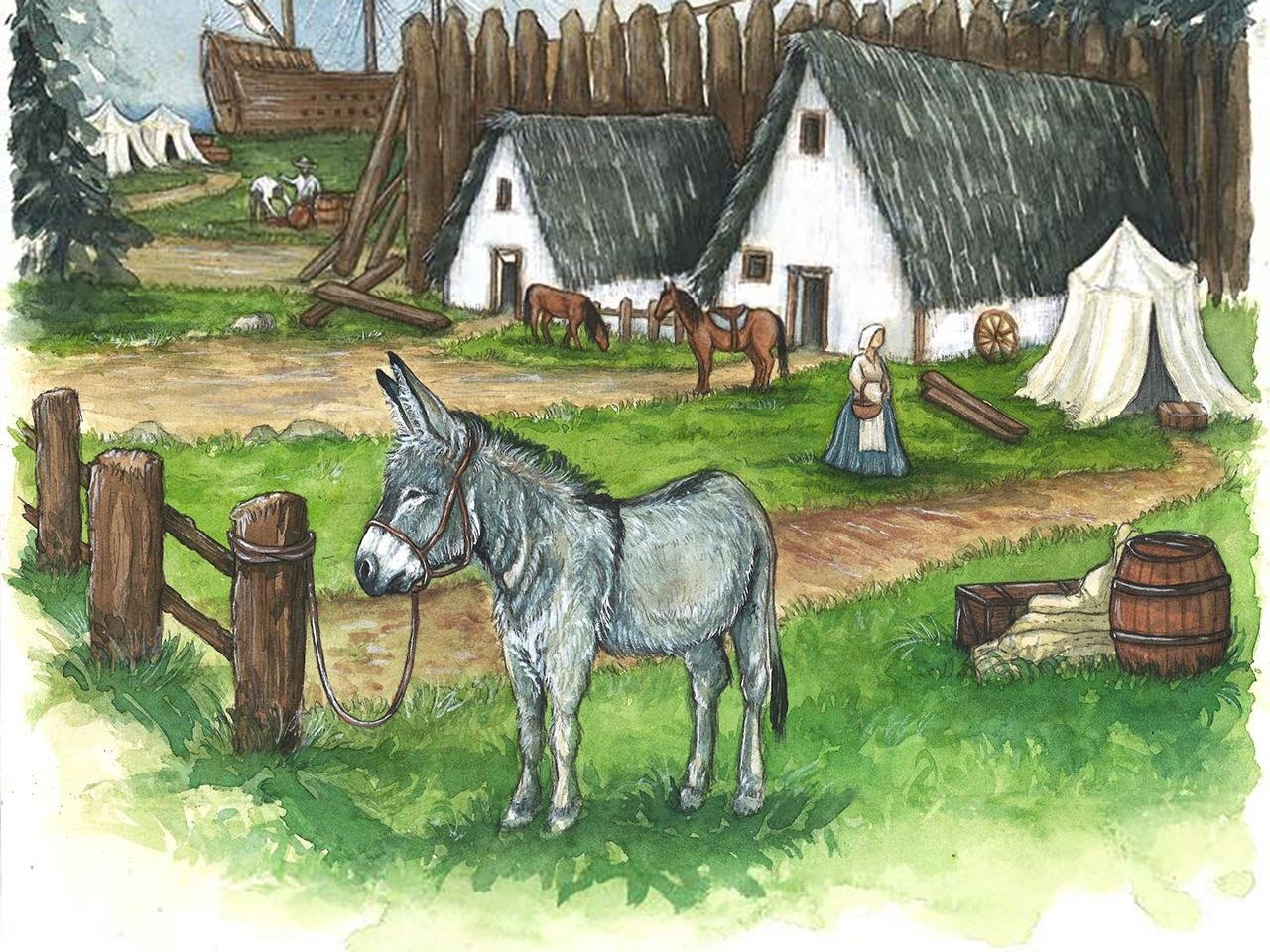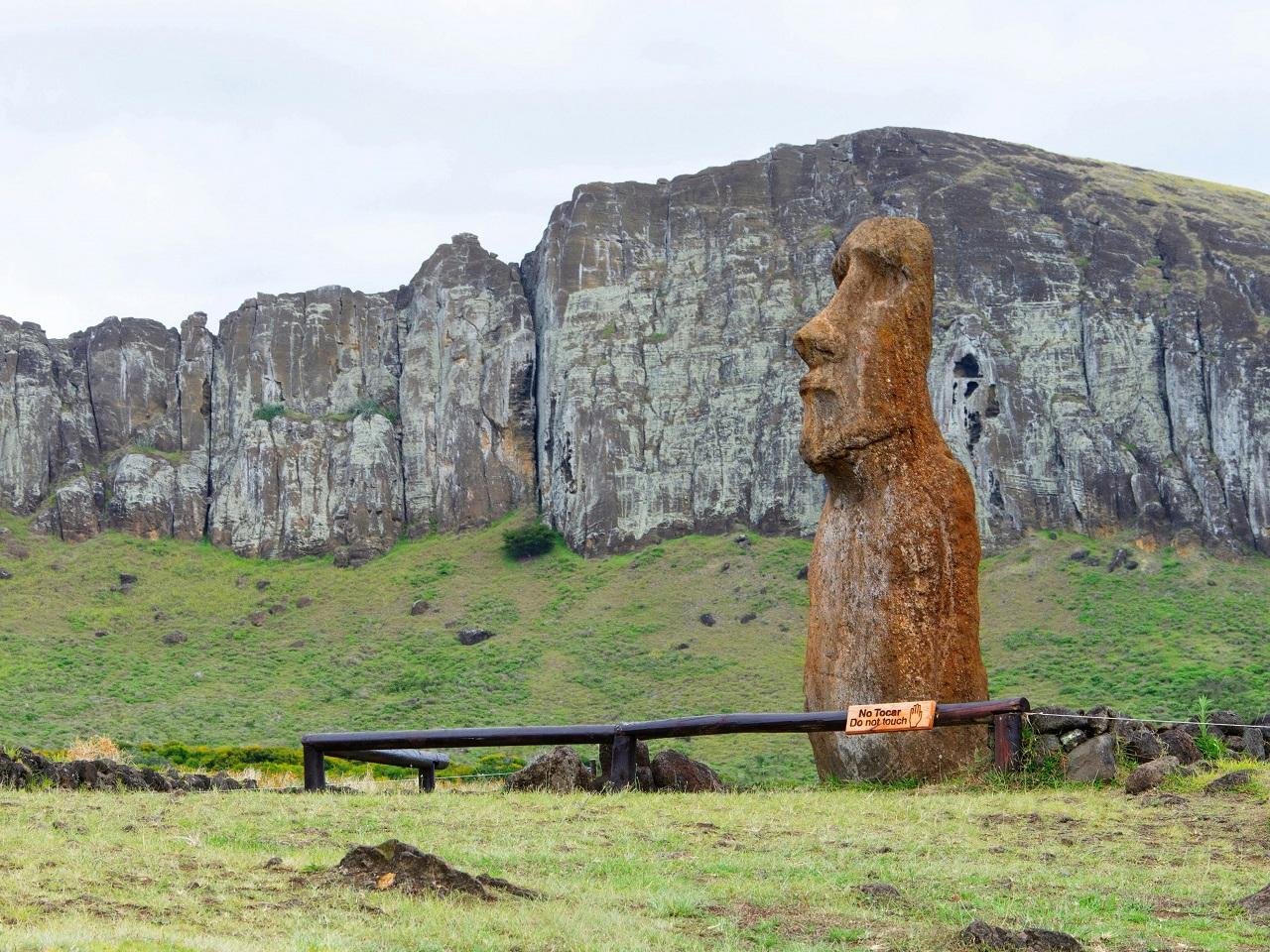The remarkably well-preserved remains of a man who died in central Mexico around 1,000 years ago have revealed the ancient human microbiome — the community of bacteria that once thrived in his intestines. The findings, published in PLOS ONE, offer a glimpse into the microorganisms that inhabited the bodies of pre-Hispanic Mesoamericans centuries before contact with Europeans.
 Zimapán man, also referred to as Hna Hnu, was a resident of the Mesoamerican border who lived 1,000 years ago. The image shows the moment when Hna Hnu’s body was opened. Credit: Rene Cerritos Flores, CC-BY 4.0
Zimapán man, also referred to as Hna Hnu, was a resident of the Mesoamerican border who lived 1,000 years ago. The image shows the moment when Hna Hnu’s body was opened. Credit: Rene Cerritos Flores, CC-BY 4.0
Known as the “Zimapán man,” the body was discovered in a cave in Zimapán, a region at the edge of Mesoamerica and Aridoamerica. His body, naturally mummified by the cave’s dry and stable conditions, was wrapped in an elaborate funerary bundle. The body was covered with layers of maguey fiber mats and woven cotton, suggesting that he was possibly a highly regarded member of his community, likely of the Otopame culture — one of the region’s extinct hunter-gatherer groups.
Researchers, led by Santiago Rosas-Plaza of the National Autonomous University of Mexico, examined both the mummy’s intestinal tissue and preserved feces using a technique known as 16S rRNA-gene sequencing. This procedure allows researchers to identify bacterial DNA fragments, enabling them to know what microbes once lived inside the human gut.
The results showed that the Zimapán mummy had several bacterial families that are still common in humans today, including Peptostreptococcaceae, Enterobacteriaceae, Enterococcaceae, and Clostridiaceae. The prevalence of Clostridiaceae bacteria mirrored findings from other ancient mummies in Andean regions, indicating possible environmental or dietary similarities.
 Remains of the Zimapán man, mortuary bundle and skeletal remains of the individual, and samples of paleofeces from the Zimapán mummy. Credit: S. Rosas-Plaza et al., PloS One (2025); CC-BY 4.0
Remains of the Zimapán man, mortuary bundle and skeletal remains of the individual, and samples of paleofeces from the Zimapán mummy. Credit: S. Rosas-Plaza et al., PloS One (2025); CC-BY 4.0
One of the highlights of the discovery was the presence of Romboutsia hominis, a species that occurs in human intestines but had never before been found in an ancient microbiome. This is a landmark result in microbial evolution research, suggesting that certain bacteria in the gut may have persisted in humans for centuries.
The bacterial composition of the Zimapán samples was distinct from that of the surrounding soil or compost environments, confirming that the microbes were indeed from the man’s body and not a result of post-burial contamination. Researchers also conducted multivariate statistical comparisons between the mummy’s microbiome and those of both ancient and modern populations. The results highlighted how lifestyle, diet, and environment shaped early Mesoamerican peoples’ gut bacteria.
While the exact cause of death for the man remains a mystery, his gut microbes provide clues about what he consumed. Some of the microbes in his gut are linked to the digestion of plant fiber and insect tissue, suggesting that he consumed both plant foods — possibly agave, yucca, or prickly pear — and protein sources such as insects. These dietary patterns are consistent with the seasonal and semi-nomadic lifestyle inferred from archaeological evidence.
The study is the first detailed reconstruction of an ancient microbiome from this part of Mexico and one of the few from the broader Mesoamerican area. It adds to a growing body of work that includes microbiomes from the Tyrolean Iceman and an ancient Incan individual, helping scientists trace how human gut bacteria have evolved alongside changes in diet, environment, and culture.
Aside from its scientific importance, the Zimapán discovery is culturally relevant. The wrapping of the body with such care, the mathematically patterned knots, and the elaborately woven textiles all speak of ritual care and craftsmanship. Restoration efforts currently underway will preserve and eventually exhibit the bundle, connecting modern audiences with a life — and microbiome — that has persisted for a thousand years in the silence of a Mexican cave.
More information: Rosas-Plaza, S., Mainou, L., Delgado, G., Morales, R., Aguilar-Romero, A., Escalante, A. E., & Cerritos, R. (2025). Microbiome characterization of a pre-Hispanic man from Zimapán, Mexico: Insights into ancient gut microbial communities. PloS One, 20(10), e0331137. doi:10.1371/journal.pone.0331137
